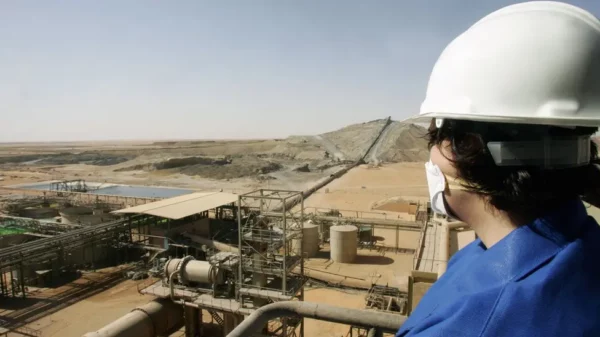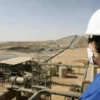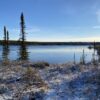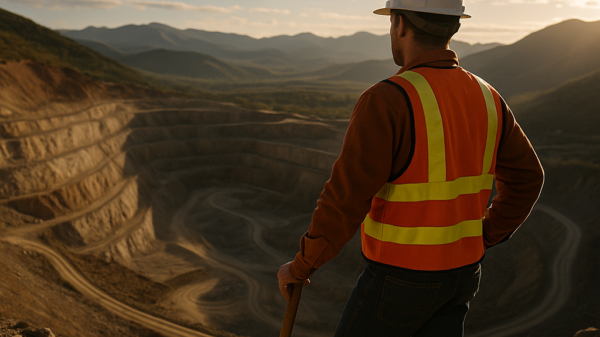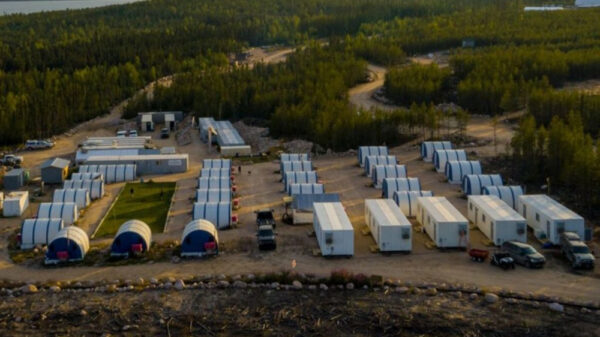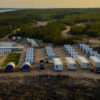Standard Uranium Ltd (TSX-V: STND) (OTCQB: STTDF) announced a strategic shift in its business model from an exploration-only focus to a more comprehensive project generator model.
The company said on Monday the strategic shift aims to enhance capital efficiency and expedite the advancement of its exploration projects.
As part of its ongoing transition, the company also announced the acquisition of the Rocas Project through staking. The project spans a total of 3,152 hectares and is located in the southeastern Athabasca Basin of northern Saskatchewan. Situated approximately 75 kilometres southwest of the Key Lake Mine and Mill facilities along Highway 914, and about 72 kilometres south of the present-day margin of the Athabasca Basin, the Rocas Project offers strategic prospects.
With the Rocas Project included, the company currently holds ownership interests in six projects, encompassing more than 65,205 hectares within the uranium-rich Athabasca Basin. As part of its growth strategy, the company is actively pursuing strategic partnerships to advance the development of Rocas and other assets owned by Standard Uranium.
The project encompasses a significant corridor of a northeast trending magnetic low electromagnetic (EM) conductor, extending for 5.5 kilometres. This corridor has displayed numerous uranium anomalies, including historical mineralized outcrop grab samples spanning approximately 900 metres in strike length.
These samples have shown grades of up to 0.50 per cent U3O8. It is noteworthy that none of the historical uranium occurrences have been drill-tested. Through thorough data compilation, the company has identified multiple target areas that hold potential for high-grade uranium mineralization.
“Finding premier uranium deposits is extremely difficult, it takes time and is capital intensive,” said Jon Bey, CEO and director of the company.
“Working with joint venture partners will allow our team of geologists to continue the exploration work without the dilution to our valued shareholders on a continuous basis. We have five projects that are drill ready, fully permitted and with First Nations agreements in place.”

Overview map of Standard Uranium’s eastern Athabasca projects. Image via Standard Uranium.
Read more: Skyharbour Resources to acquire Athabasca Basin uranium project from Denison Mines
Read more: CanAlaska Uranium starts $10M winter drill program in Athabasca Basin
Standard Uranium to provide surface sampling and surveys
To further enhance the project’s potential, the company plans to conduct additional surface sampling and geophysical surveys, aiding in the identification of drill target vectors. This will provide valuable insights for future exploration and development activities on the Rocas Project.
“The acquisition of the Rocas project provides yet another opportunity for the company to make a uranium discovery in the eastern Athabasca region,” said Sean Hillacre, VP of exploration for Standard Uranium.
“Our technical team continues to identify areas with shallow drill targets and favorable geology, and we’re excited to continue investigating in this underexplored area for high-grade uranium.”
Following the discovery of the Rabbit Lake deposit, extensive exploration took place in the 1970s in the vicinity of the Key Lake Road. This involved prospecting, lakebed geochemical sampling, as well as multiple magnetic, radiometric, and airborne EM surveys.
Numerous uranium-rich zones were identified, primarily located along the Key Lake Road shear zone. In 2017, airborne surveys conducted as part of Forum’s Hobo Lake Project revealed conductive trends on the Rocas Project. These trends were found to be situated west of and parallel to the Key Lake Road shear zone, with well-defined T-type conductors. The presence of multiple parallel conductors, offsets, and termination points indicates a widening trend and the existence of cross-cutting structures.
Other companies presently operating in the Athabasca basin include Basin Uranium Corp. (CSE: NCLR) (OTC: BURCF) (FSE: 6NP0), NexGen Energy (TSX: NXE) (NYSE: NXE), Skyharbour Resources Ltd. (TSXV: SYH) (OTCQX: SYHBF) (FSE: SC1P), and Azincourt Energy (TSXV: AAZ) (OTCQB: AZURF).
Standard Uranium shares rose 16.7 per cent to $0.035 on Monday on the TSX Venture Exchange.
.







